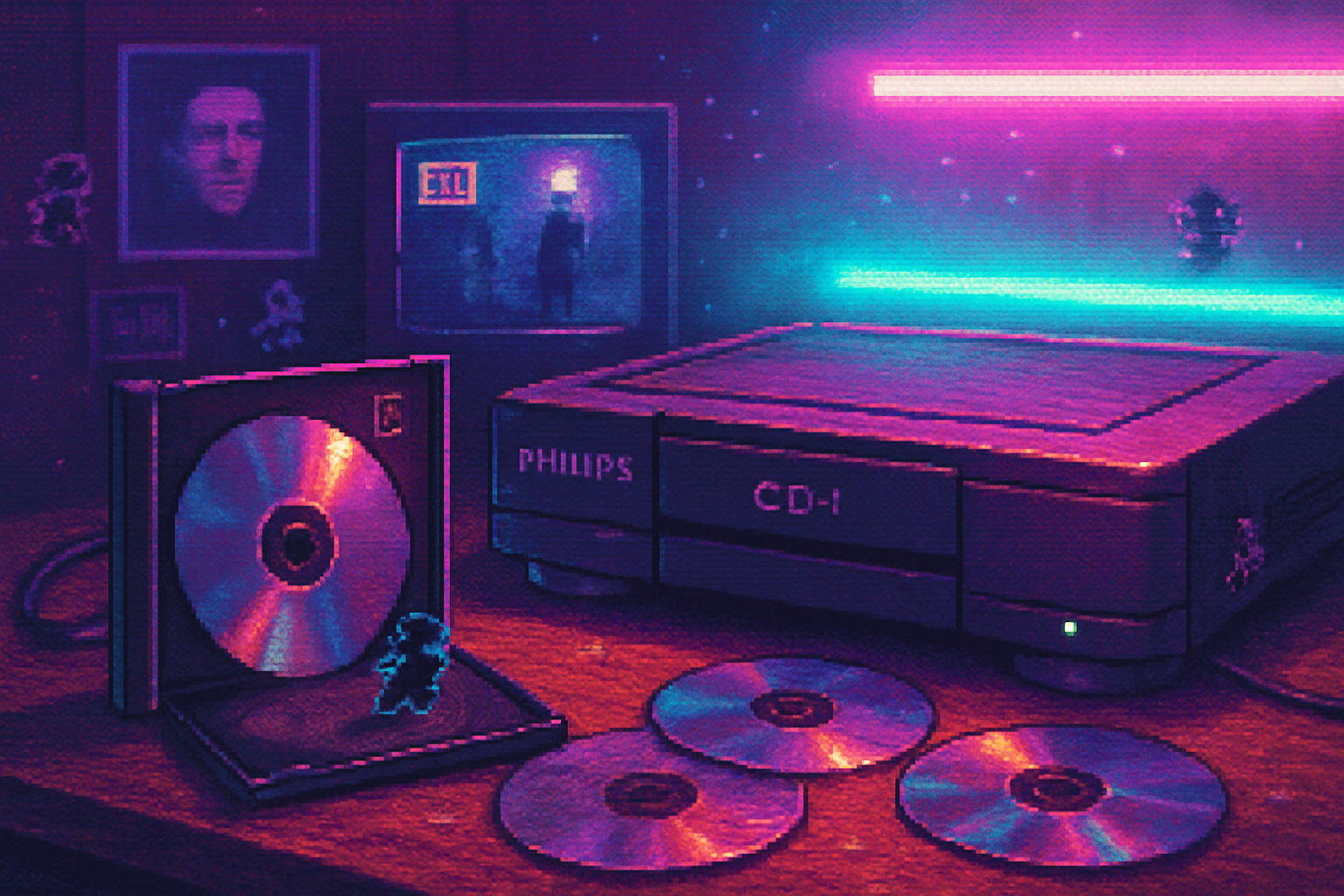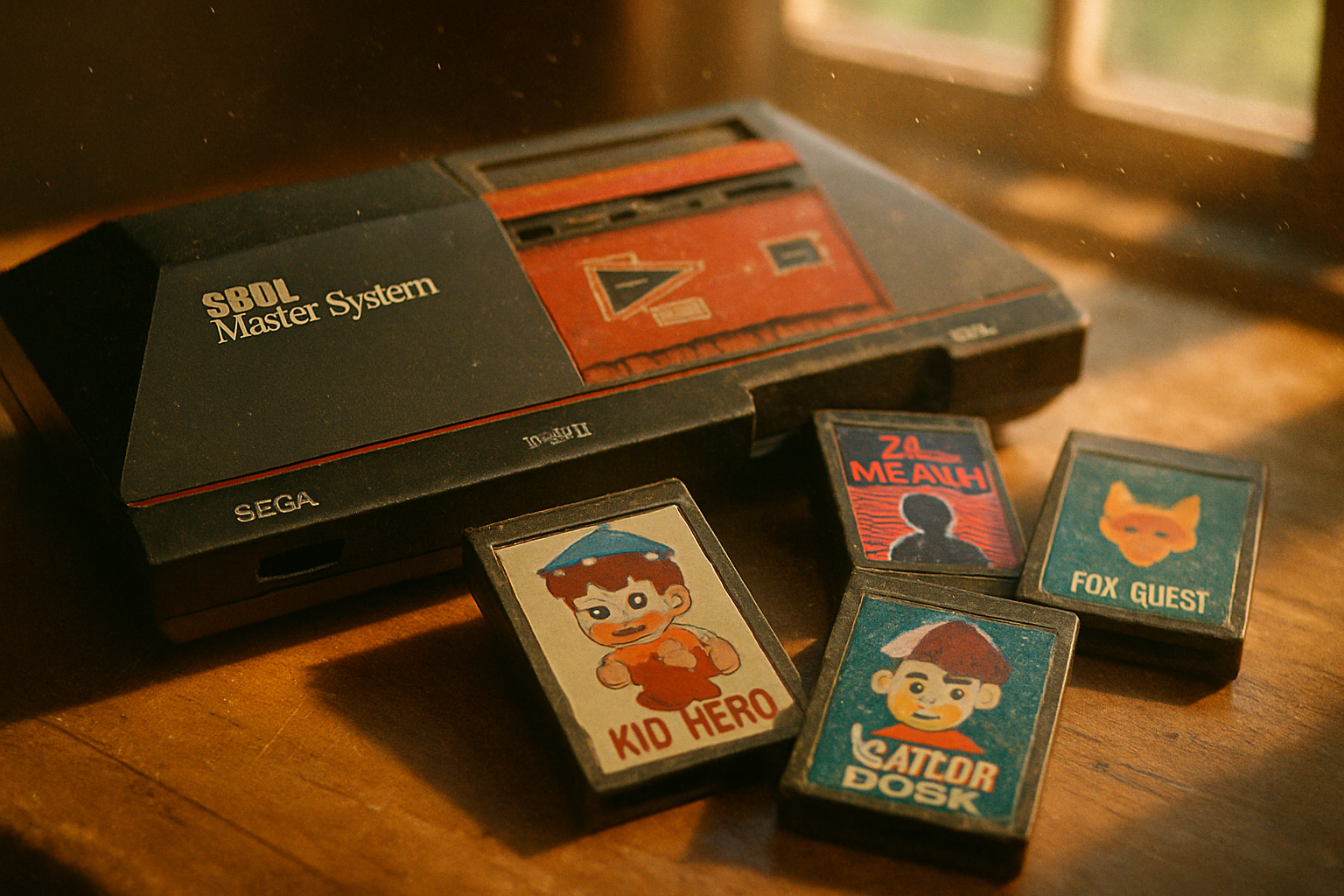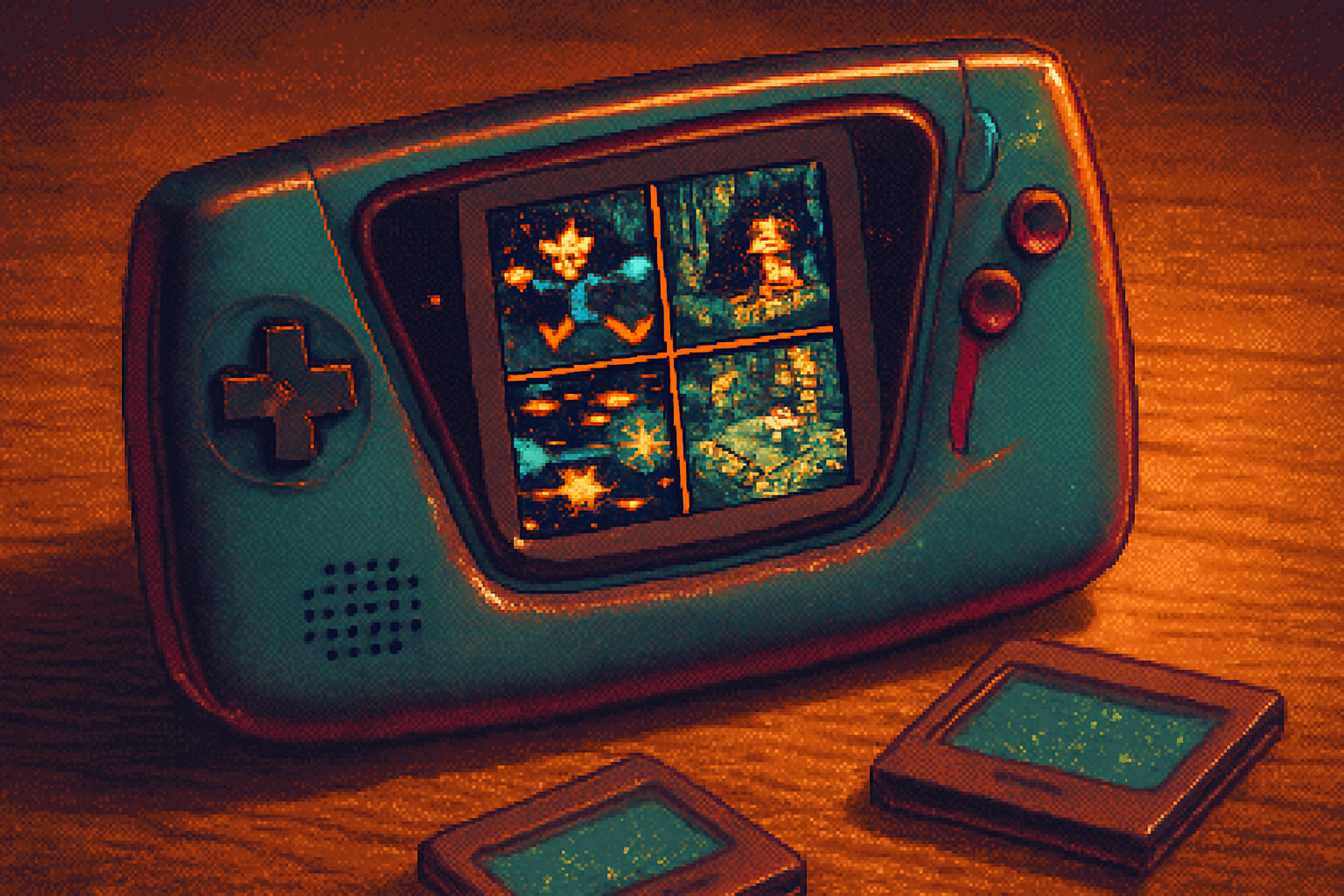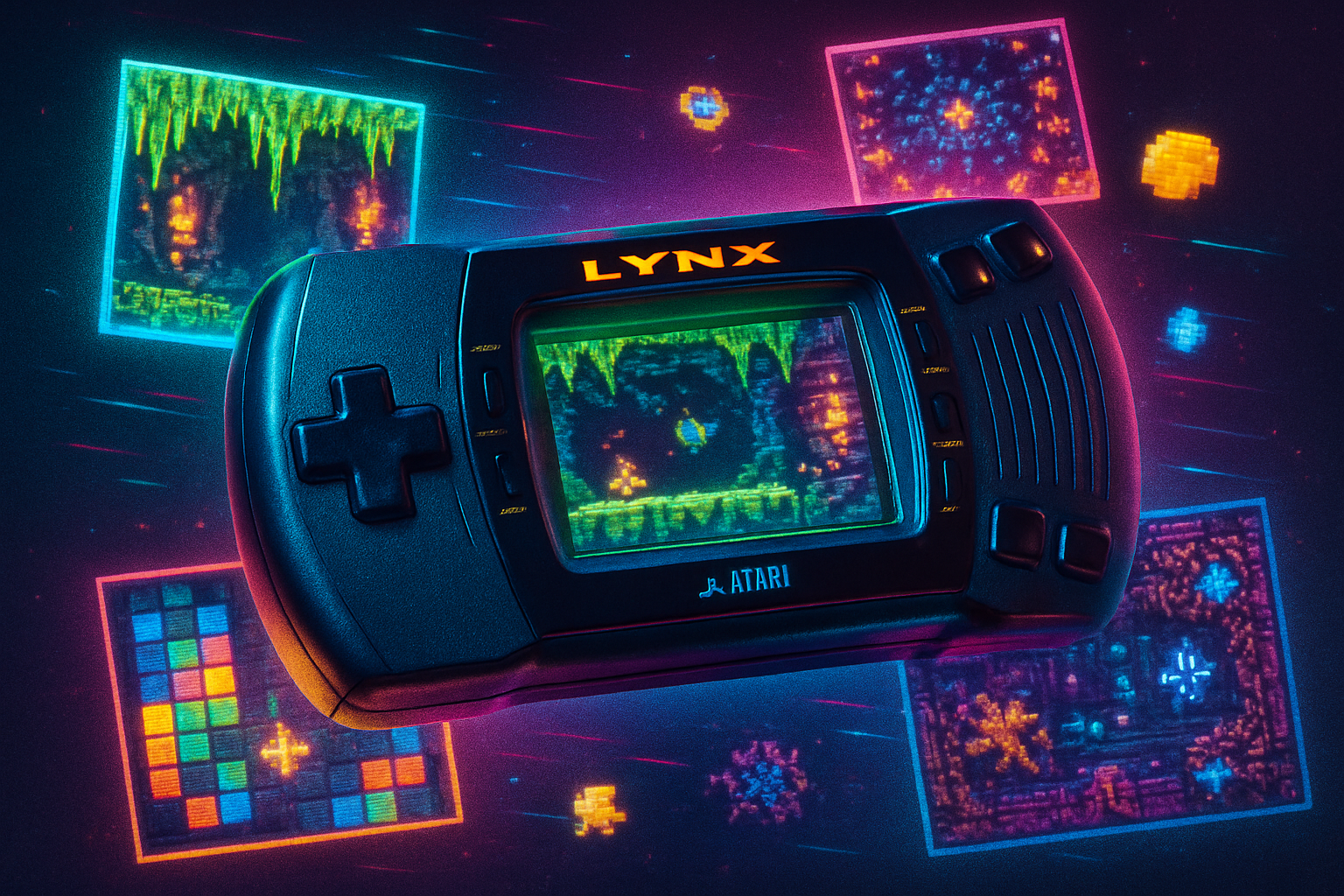· retrogaming · 7 min read
Lost Classics: Uncovering the Hidden Gems of Sega Genesis
A guided tour of underappreciated Sega Genesis/Mega Drive titles - from Japan-only platformers to quirky action-RPGs - explaining what makes each special and how to play them today.
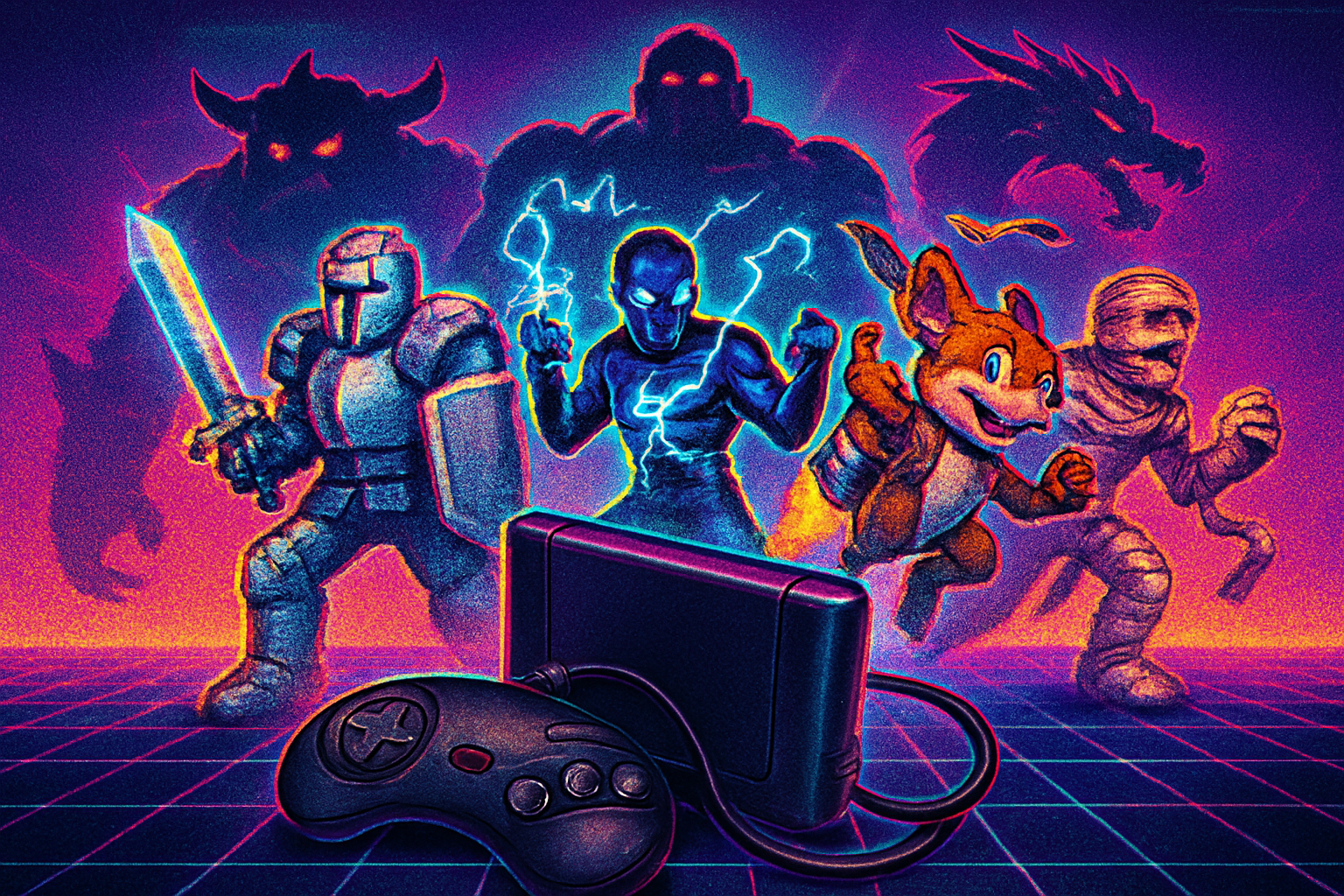
Why “lost classics” matter
The Sega Genesis (Mega Drive outside North America) built an era-defining library where blockbusters like Sonic, Streets of Rage and Golden Axe cast long shadows. Beneath those pillars are dozens of titles that took bold risks, explored oddball ideas, or simply slipped under the radar due to limited marketing, regional release or weird timing.
This article digs into a selection of underappreciated Genesis games that deserve a second chance. I focus on inventive designs, unique presentation, and gameplay that still holds up - and point out where to find them legally today.
Criteria: relative obscurity or limited release, distinct gameplay or aesthetic, and enduring playability.
The list: hidden gems you should play
Light Crusader (1995)
- Developer / Publisher - Climax / Sega
- What it is - An isometric action-RPG with puzzle elements and a Diablo-era loot vibe translated into Genesis hardware.
- Why it’s special - Light Crusader blends Zelda-like exploration with heavier puzzle focus and atmospheric audio. The isometric view, tight combat, and moody dungeons make it feel like a small, lovingly crafted dark fantasy experiment on 16-bit silicon.
- Why it deserves a second chance - The game’s tone and structure are unusual for Genesis action-RPGs - it’s less action-focused than contemporaries but delivers satisfying environmental puzzles and level design.
- Where to learn more: https://en.wikipedia.org/wiki/Light_Crusader
Pulseman (1994)
- Developer / Publisher - Game Freak / Sega (Japan-only on cartridge)
- What it is - A high-energy platformer starring a hero made of electricity, with flashy sprite work and precision controls.
- Why it’s special - Pulseman’s kinetic animations and electrified mechanics (dash-charges, chain attacks) feel modern and distinct from run-of-the-mill platformers. It’s a showcase of early Game Freak design outside of Pokémon.
- Why it deserves a second chance - Its Japan-only release kept it hidden from many Western players for decades. Fans who discover it marvel at how fresh it still feels.
- Where to learn more: https://en.wikipedia.org/wiki/Pulseman
Ranger-X (1993)
- Developer / Publisher - GAU Entertainment / SEGA
- What it is - A side-scrolling run-and-gun featuring an armored walker, upgradeable weaponry, and smart stage design.
- Why it’s special - Ranger-X balances large, cinematic sprite bosses with vehicle mechanics and a partner drone system. The production values - explosive effects and big-stage scale - are impressive for the platform.
- Why it deserves a second chance - It’s a polished action title with mechanical depth that many players missed amid bigger franchises.
- Where to learn more: https://en.wikipedia.org/wiki/Ranger_X
Zero the Kamikaze Squirrel (1994)
- Developer / Publisher - Sunsoft / Sega
- What it is - A quirky, frenetic platformer starring a hyperactive cartoon squirrel with high mobility and oddball level themes.
- Why it’s special - It’s unapologetically weird, mixing slapstick flavor, fast pacing and unique power-ups. The game’s personality and humor are unusual on the Genesis.
- Why it deserves a second chance - For players burned out on standard platformers, Zero offers creativity and an off-kilter tone that still surprises.
- Where to learn more: https://en.wikipedia.org/wiki/Zero_the_Kamikaze_Squirrel
Bio-Hazard Battle (1992)
- Developer / Publisher - Sega / SEGA
- What it is - A side-scrolling shooter with lava/organic themes, thick parallax backgrounds and multiple upgrade paths.
- Why it’s special - Bio-Hazard Battle emphasizes exploration-friendly stage layout and memorable boss encounters rather than pure auto-scrolling chaos. The visual theme (alien-biological landscapes) stands out among other shmups.
- Why it deserves a second chance - It’s an aesthetically distinct shmup with surprisingly deliberate pacing - great for players who like careful progression and discovery.
- Where to learn more: https://en.wikipedia.org/wiki/Bio-Hazard_Battle
Gynoug (Wings of Wor) (1991)
- Developer / Publisher - Masaya / NCS (Western release as Wings of Wor)
- What it is - A fantasy-themed horizontal shooter with grotesque enemies and rockin’ soundtrack.
- Why it’s special - Gynoug combines twisted fantasy art direction (huge grotesque bosses) with solid shooter mechanics and excellent boss design.
- Why it deserves a second chance - It’s often overlooked by Western shmup fans but rewards patient players who appreciate creative enemy design and musical atmosphere.
- Where to learn more: https://en.wikipedia.org/wiki/Gynoug
Comix Zone (1995)
- Developer / Publisher - Sega Technical Institute / Sega
- What it is - A beat ’em up that literalizes comic book panels - stages are drawn like a comic, with speech balloons, gutters and panel-based navigation.
- Why it’s special - The concept is brilliant: you beat enemies across panels, use speech bubbles as narrative devices and interact with the page itself. The art style and punchy combat feel like a living comic strip.
- Why it deserves a second chance - It’s a creative, genre-bending experiment that still looks and plays great today.
- Where to learn more: https://en.wikipedia.org/wiki/Comix_Zone
Alien Soldier (1995)
- Developer / Publisher - Treasure / SEGA
- What it is - A short-but-brutal run-and-gun / boss-rush game with intense combat and signature Treasure design.
- Why it’s special - Alien Soldier is almost entirely focused on boss fights - fast, mechanical, and designed around pattern recognition and lightning reflexes. The animation and sound design are top-tier for the system.
- Why it deserves a second chance - Treasure’s idiosyncratic difficulty and style aren’t for everyone, but this game showcases the studio’s unhinged creativity.
- Where to learn more: https://en.wikipedia.org/wiki/Alien_Soldier
Beyond Oasis (Story of Thor) (1994)
- Developer / Publisher - Ancient / Sega
- What it is - An action-adventure title with flavorful combat, summonable spirit companions and a strong soundtrack.
- Why it’s special - Beyond Oasis blends Zelda-like exploration with tight combat and memorable music. The spirit-summoning mechanic adds tactical variety to fights.
- Why it deserves a second chance - It gained a cult audience, but it’s often overlooked when people list the Genesis’ best action-adventure titles.
- Where to learn more: https://en.wikipedia.org/wiki/Beyond_Oasis
Decap Attack (1991)
- Developer / Publisher - Vic Tokai / Sega
- What it is - A bizarre, macabre platformer with cartoonish horror themes (originally known in Japan as Magical Hat no Buttobi Tābo! Daibōken).
- Why it’s special - Decap Attack’s humor, gothic-cartoony aesthetic and unusual protagonist (a headless mummy) give it a personality few other Genesis platformers share.
- Why it deserves a second chance - It’s a quirky pick for players who want something offbeat - not just another straight-laced platformer.
- Where to learn more: https://en.wikipedia.org/wiki/Decap_Attack
Sparkster: Rocket Knight Adventures 2 (1994)
- Developer / Publisher - Konami
- What it is - The follow-up to Rocket Knight Adventures - more levels, stricter difficulty tuning, and refined controls.
- Why it’s special - Sparkster refines the original’s jetpack-platforming with slick level design and more varied objectives. Though it didn’t eclipse the original in fame, it’s an excellent sequel that balances challenge and spectacle.
- Why it deserves a second chance - Many remember the first Rocket Knight; the sequel quieted fans with better pacing and more ambitious set pieces.
- Where to learn more: https://en.wikipedia.org/wiki/Sparkster
What these games tell us about the Genesis era
Two themes stand out:
- Risk-taking within constraints - Developers squeezed visual flourish and experiments (comics-as-levels, electric heroes, isometric RPG puzzles) out of a 16-bit pipeline.
- Regional and marketing friction - Several titles were Japan-only or poorly promoted in the West, so their reputations never matched their quality.
Together they show the Genesis as a place where odd ideas could get published, even if they didn’t become billion-selling franchises.
How to play them legally today (quick guide)
- Official re-releases and collections - Many Genesis titles appear in collections such as the Sega Genesis/Mega Drive Mini and the multi-platform “Sega Genesis Classics” packages. Availability varies by title and region; check official store pages first.
- Modern rereleases - A handful of games have resurfaced on digital storefronts, retro compilations, or remasters; keep an eye on official Sega announcements.
- Physical collecting and reprints - If you prefer cartridges, used markets and specialty reissue labels (and occasional fan repro communities) are options - source responsibly and beware of piracy.
- Preservation resources - For historical and reference articles, sites like Wikipedia and fan-run wikis provide good context; for deep dives, retro gaming sites and fanzines often publish retrospectives.
Helpful links:
- Sega Genesis Classics (collection): https://en.wikipedia.org/wiki/Sega_Genesis_Classics
- Sega Genesis / Mega Drive Mini: https://en.wikipedia.org/wiki/Sega_Genesis_Mini
Final notes - where to start
- If you want inventive combat and short, intense sessions - try Alien Soldier.
- If you prefer atmosphere, puzzles and exploration - try Light Crusader or Beyond Oasis.
- If you want something weird and charming - try Decap Attack or Zero the Kamikaze Squirrel.
- If you’re a platformer nerd hungry for visual flair - track down Pulseman.
Many of these games reward patience and curiosity rather than immediate nostalgic recognition. Dive in expecting surprises - the Genesis still has plenty of discoveries left for players willing to look beyond the marquee names.
Further reading and preservation resources
- Wikipedia is a handy starting point for each game (linked above). For deeper community history and developer notes, retrospective sites and fan wikis are invaluable.
Sources: individual game pages on Wikipedia linked throughout the article.
